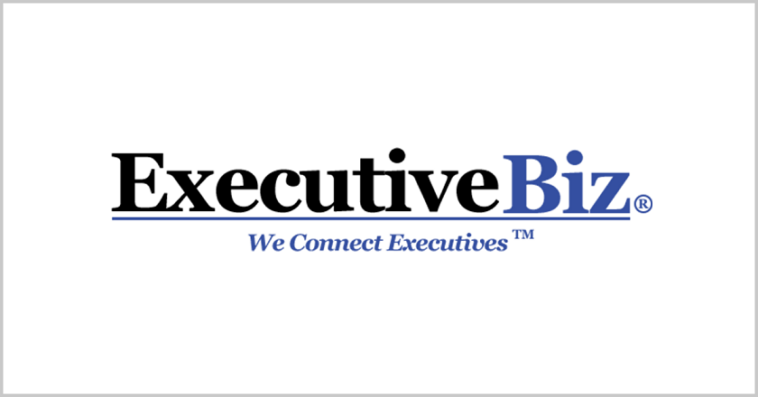“This threat that legacy equipment poses across all of our industries is truly one of the things that keeps me up at night.â€

EM: How has your work experience prepared you for your current position?
Stephen Marker: My current role is director of product strategy within cyber and electronic warfare systems, focusing on which markets to enter and getting our products to market quickly. Over the past 15 years at General Dynamics I’ve spent a lot of time taking new concepts – whether from government-funded R&D or new operational concepts – rapidly maturing them, and getting it into the hands of the warfighter. These have provided the end user a fundamentally superior value proposition with new capabilities that allows them to face the nation’s threats much easier. In addition, I have led start-up activities outside of General Dynamics in other markets — healthcare and social media. These were ground-floor start-ups, where you have a concept and you need to get it to market within two or three months for an investor. I use both experiences of rapidly-moving capabilities from concept into customer’s hands to help our organization understand how to quickly deliver products with high mission value into the customer’s hands. It is all driven from the standpoint of needing to get capabilities to mission as rapidly as we can because we are facing some significant threats out there in the world. By bringing those products to market quickly we can help our customers face those threats.
EM: On the private and public sector, where do you see them coming together to address cybersecurity?
Stephen Marker: There are a few different areas of collaboration that can occur. There has been great work at DHS including the work that they are doing with the Information Sharing and Analysis Centers (ISACs) across the Critical Infrastructure and Key Resources (CIKR) markets to facilitate cyber information exchange and the leadership they have provided within the standards body. DHS is also working with the private sector to extend these efforts and automate this exchange of information. This allows us to spread the word of an attack across both public and private sector so that people can enact defenses before that attack gets to them. And this is a great first step where the ISACs and DHS are helping others react to threats, once recognized, at machine speed. We can further strengthen this by moving beyond just information sharing but sharing of specialized tools and techniques that are used to identify those new attacks across both public and private sector entities. We see a lot of promise in sharing of the actual technologies and solutions the government employs to identify attacks and sharing those with the private sector. Right now the private sector is facing threats that are getting more sophisticated and nefarious. We need to leverage the best capabilities we have across both private and public sector to defeat those threats.
EM: What does the future of cybersecurity look like?
Stephen Marker: There is a pivot coming to the cybersecurity market…it is this transition away from what is known in the market today as a “defense in-depth model†which has shown good success, but requires perfect execution. The shift moves us from this layered defense model to a model where the inherent method that your systems and networks operate greatly reduces the value of any single attack or penetration. In this transition, you are going to see a pivot from static networks and static defenses, to defenses that continually change and networks that continually change. This will make it such that the attack surface that the adversary sees it constantly shifting. Thus any time they penetrate the network, the value they can gain is limited and their access point shifts out from underneath them. And also reducing the need for cyber “hunt†activities that try to find adversaries in your network. This pivot in the market is already starting. A few years ago it was pure research but now we are starting to see products come to market within the cybersecurity space that implement these approaches.
EM: What type of challenges are you facing currently? What challenges have you overcome recently?
Stephen Marker: In some of the customer markets, there are significant threats out there today. One of the things recently that our government customers and some of our CIKR markets have faced are the vulnerabilities associated with the amount of legacy systems they have in their architectures. These are systems that are critical to operations, but there isn’t budget to upgrade to current cybersecurity standards. This threat that legacy equipment poses across all of our industries is truly one of the things that keeps me up at night. To help our customers combat this, we must create a more focused approach on applying, what in the security world they call compensating security controls around these devices rather than trying to upgrade them directly. We have found great success in helping our customers mitigate the threats posed by legacy devices in this manner, and do it within budgets that are affordable. When I think of our support to the electronic warfare market, many of the challenges that are faced are not necessarily technical. We have great technology within the industry to help our warfighter fight the fight. The challenge is how to get those systems into warfighters’ hands fast enough such that the adversary is not outpacing us. Within those areas we need to have a common approach across different areas of the electromagnetic spectrum–we should procure and deploy systems that take an integrative view of communications, signals intelligence, electronic warfare and cyber offense on the battlefield. The government’s Rapid Capabilities Offices are looking to do just this and we need to continue fund those offices to allow them to purchase the capabilities, test, and deploy them–then we are headed in the right direction.
EM: If you have to craft a message to your competitors, what would that look like?
Stephen Marker: They are going to see extreme speed-to-market with high quality products from General Dynamics. We’ve honed our ability to rapidly understand the mission needs and quickly experiment with our customers, especially our innovative customers and early adopters, to make sure that solutions we are delivering to our end customers meets their operational need. Our competitors are going to see us continue to pick up the pace in churning out great quality products into the marketplace.




